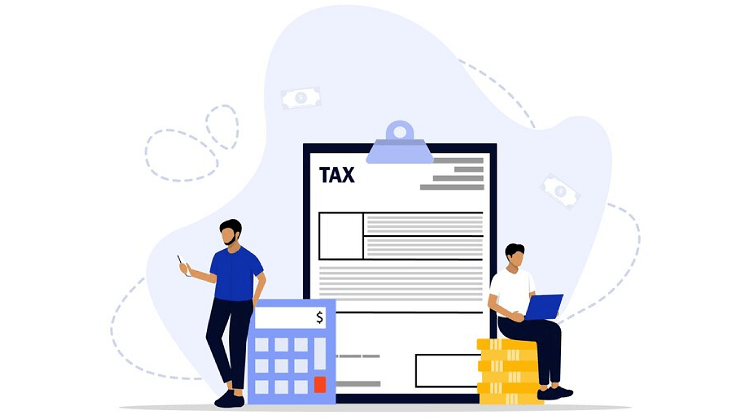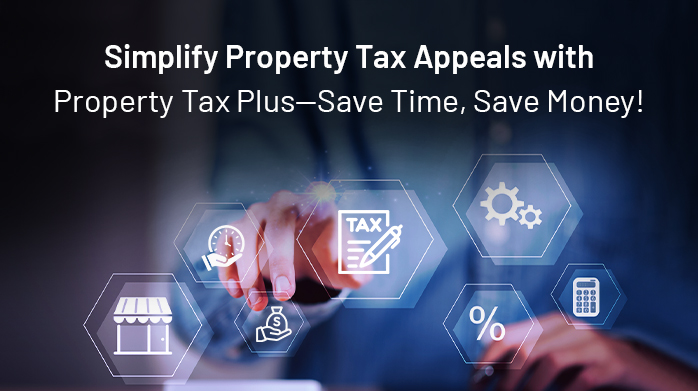Managing tenant bills can be tricky and needs a full grasp of many elements. It involves keeping tabs on lease agreements, figuring out rent, extra fees, and costs for utilities, presenting property managers with several hurdles to handle these bills correctly.
Dealing with various billing formats, contract conditions, and following rules make things even more intricate. Also, making sure bills are accurate and on time, resolving disagreements, and keeping clear communication with tenants require careful attention and effective methods. It’s vital to handle these tough spots well to keep finances steady, build good tenant ties, and in the end, make property management ventures successful. Let’s now look at five major issues in tenant billing.
Five Major Challenges in Tenant Billing
1. Complex Billing Structures: Tenant bill management can be challenging due to the complex nature of billing structures. Properties may have multiple tenants with different lease terms, varying rent structures, and additional utilities, maintenance, or other services charges. Managing and tracking these intricate billing arrangements can be time-consuming and prone to errors.
2. Manual Data Entry and Processing: Many property management systems still rely on manual data entry and processing. It increases the risk of errors and inconsistencies in tenant bill generation. Handling large volumes of data manually can be time-consuming, leaving room for human error. It ultimately leads to inaccuracies in bill calculations and potential disputes with tenants.
3. Lack of Integration: Lack of integration between various systems and processes, such as lease management, accounting, and utility metering, increases the probability of revenue loss. Inaccurate or delayed billing can result in missed payment deadlines, disputes, or tenant dissatisfaction, leading to late or unpaid rent. Furthermore, the lack of integration makes tracking and reconciling payments difficult. It increases the likelihood of revenue leakage and financial loss for property owners or managers.
4. Evolving Regulations and Compliance: The regulatory landscape governing tenant bill management constantly evolves. Compliance with local, state, and federal norms, such as utility rate changes, energy efficiency standards, and tenant protection laws, adds complexity to the billing process. Staying up-to-date with these regulations and ensuring accurate billing and compliance can be demanding and time-sensitive.
5. Tenant Communication and Disputes: Effectively communicating billing information to tenants and handling potential disputes can be challenging. Addressing tenant inquiries, resolving billing discrepancies, and providing transparent and detailed explanations requires efficient communication channels and robust customer service. Failure to manage tenant communication effectively can lead to strained relationships, delayed payments, and potential revenue loss.
Why is PTP a savior in tenant bill management?
- PTP offers an integrated Tenant billing module:
PTP provides an integrated tenant billing module that consolidates all necessary information related to tenant leases, rental agreements, and billing structures. The module allows property managers to efficiently manage and track tenant information, lease terms, and associated bill calculations in a centralized system. This integration streamlines the tenant bill management process, minimizing errors and improving efficiency.
- Manage contract and set up bill rules:
PTP allows property managers to quickly set up and manage contract terms and bill rules specific to each tenant. It includes configuring rent amounts, additional charges, prorations, discounts, and other variables based on lease agreements. The system provides flexibility to accommodate diverse billing structures and automates the calculations based on the specified rules, ensuring accurate and consistent tenant bill generation.
- Tenant bills are generated automatically as property tax bills are paid:
One of the advantages of PTP is its capability to generate tenant bills as property tax bills are paid automatically. Property managers can streamline the billing process by linking property tax payments to tenant bills and avoid delays or missed invoicing. This automation reduces manual intervention, minimizes billing errors, and ensures timely and accurate tenant bill generation aligned with property tax payments.
- PTP seamlessly integrates with your CMS system to transfer the tenant bill amounts:
PTP integrates with property management or CMS (Commercial Management System) platforms to transfer the calculated tenant bill amounts. This integration eliminates the need for manual data entry and reduces the risk of errors. The seamless transfer of data between systems ensures accurate and up-to-date tenant billing information, saving time and effort for property managers.
Features of PTP’s Tenant Bill Management System
PTP’s tenant billing management system offers two key features that streamline the billing process and enhance efficiency:
1. Centralized tenant billing management:
PTP provides a centralized platform for managing tenant billing information. Property managers can access and track all relevant tenant data in one location, including lease agreements, rental terms, and billing history. The centralized approach simplifies the management of tenant accounts and allows for easy retrieval of billing information whenever needed. Property managers can efficiently review, update, and analyze tenant billing details, enabling them to make informed decisions and respond promptly to tenant inquiries.
2. Automated tenant bill generation:
PTP automates the process of tenant bill generation, eliminating manual calculations and reducing the likelihood of errors. It incorporates predefined billing rules and contract terms to calculate accurate rent amounts, additional charges, and other expenses. Property managers can set up recurring billing schedules, and the system automatically generates bills based on specified intervals, such as monthly, quarterly, or annually. This automation saves time, minimizes human errors, and ensures consistent and timely tenant bill generation.







